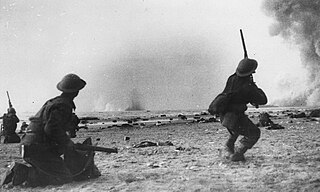
The Battle of Dunkirk was fought around the French port of Dunkirk (Dunkerque) during the Second World War, between the Allies and Nazi Germany. As the Allies were losing the Battle of France on the Western Front, the Battle of Dunkirk was the defence and evacuation of British and other Allied forces to Britain from 26 May to 4 June 1940.

Free France was a political entity claiming to be the legitimate government of France following the dissolution of the Third Republic during World War II. Led by General Charles de Gaulle, Free France was established as a government-in-exile in London in June 1940 after the Fall of France to Nazi Germany. It joined the Allied nations in fighting Axis forces with the Free French Forces, supported the resistance in Nazi-occupied France, known as the French Forces of the Interior, and gained strategic footholds in several French colonies in Africa.

The Dunkirk evacuation, codenamed Operation Dynamo and also known as the Miracle of Dunkirk, or just Dunkirk, was the evacuation of more than 338,000 Allied soldiers during the Second World War from the beaches and harbour of Dunkirk, in the north of France, between 26 May and 4 June 1940. The operation commenced after large numbers of Belgian, British, and French troops were cut off and surrounded by German troops during the six-week Battle of France.
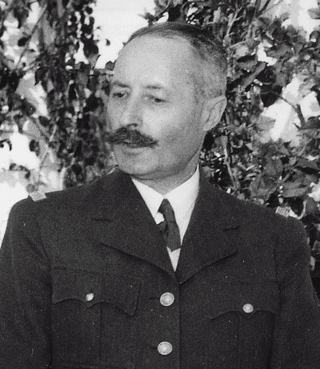
Henri Honoré Giraud was a French military officer who was a leader of the Free French Forces during the Second World War until he was forced to retire in 1944.
From 1939 to 1940, the French Third Republic was at war with Nazi Germany. In 1940, the German forces defeated the French in the Battle of France. The Germans occupied the north and west of French territory and a collaborationist régime under Philippe Pétain established itself in Vichy. General Charles de Gaulle established a government in exile in London and competed with Vichy France to position himself as the legitimate French government, for control of the French overseas empire and receiving help from French allies. He eventually managed to enlist the support of some French African colonies and later succeeded in bringing together the disparate maquis, colonial regiments, legionnaires, expatriate fighters, and Communist snipers under the Free French Forces in the Allied chain of command. In 1944, after the Allies had landed in Normandy and the southern front moved from North Africa across the Mediterranean into Italy and Provence, these forces routed the German Army, and Vichy officials fled into Germany.
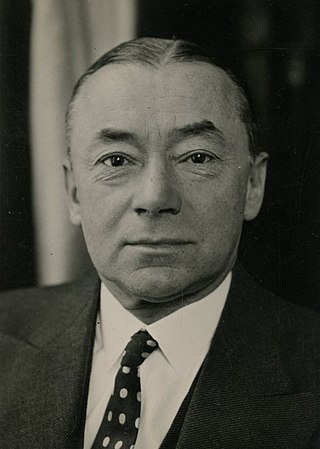
Paul Reynaud was a French politician and lawyer prominent in the interwar period, noted for his stances on economic liberalism and militant opposition to Nazi Germany.
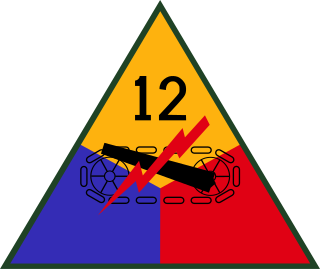
The 12th Armored Division was an armored division of the United States Army in World War II. It fought in the European Theater of Operations in France, Germany and Austria, between November 1944 and May 1945.
Last Battle may refer to:
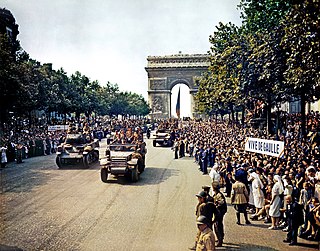
The liberation of Paris was a battle that took place during World War II from 19 August 1944 until the German garrison surrendered the French capital on 25 August 1944. Paris had been occupied by Nazi Germany since the signing of the Armistice of 22 June 1940, after which the Wehrmacht occupied northern and western France.
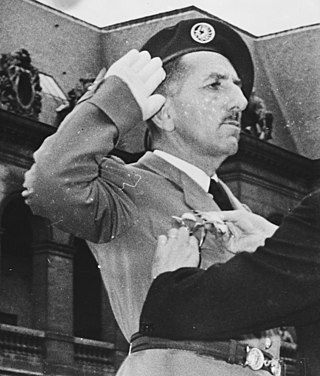
Jacques Émile Massu was a French general who fought in World War II, the First Indochina War, the Algerian War and the Suez Crisis. He led French troops in the Battle of Algiers, first supporting and later denouncing their use of torture.

The 17th SS Panzergrenadier Division "Götz von Berlichingen" was a German Waffen-SS division that saw action on the Western Front during World War II.

Itter Castle is a 19th-century castle in Itter, a village in Tyrol, Austria. In 1943, during World War II, it was turned into a Nazi prison for French VIPs. The castle was the site of an extraordinary instance of the U.S. Army, German Wehrmacht, Austrian Resistance, and the prisoners themselves fighting side-by-side against the Waffen-SS in the battle for Castle Itter in early May 1945 before the end of the war in Europe.
The 142nd Infantry Regiment is an infantry regiment in the U.S. Army National Guard. 2nd Battalion, 142nd Infantry carries the regiment's legacy as a unit of the 56th Infantry Brigade Combat Team, 36th Infantry Division. Eleven of its members have been decorated with the United States highest award for bravery, the Medal of Honor.
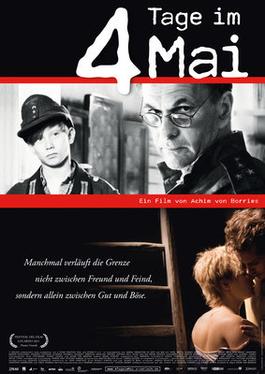
4 days in May is a war drama film directed by Achim von Borries and starring Paul Wenzel and Aleksei Guskov. It is a German-Russian-Ukrainian co-production. The film was released on August 9, 2011, at the Locarno Film Festival.

The Battle of Castle Itter was fought on 5 May 1945, in the Austrian village of Itter in the North Tyrol region of the country, during the last days of the European Theater of World War II.

Josef "Sepp" Gangl was a German Major of the Wehrmacht who became a member of the Austrian Resistance very late in the Second World War. He was killed in action on May 5, 1945, at Itter Castle, Tyrol. He took part in the defense of Castle Itter against troops of the 17th SS Panzer Grenadier Division "Götz von Berlichingen" with soldiers of the Wehrmacht, the US Army and French prisoners, and lost his life in the process when he took a bullet for former French prime minister Paul Reynaud. He is remembered as a hero of the Austrian Resistance against the Nazi regime.

Montgomery Cunningham Meigs was a lieutenant colonel in the United States Army and commander of a tank battalion during World War II. He is the great-great grandnephew of Montgomery C. Meigs, Quartermaster of the Union Army during the American Civil War, and father of General Montgomery Meigs (1945–2021). He was killed in action during the first weeks of battle faced by the 12th Armored Division during the liberation of Alsace in France.

Éric Lutten was a French journalist, an important participant in the development of the French ethnology as well as the African press, a World War II hero and one of the earliest members of the French Explorators Society. He married four times and had three children by his fourth wife Marie-Josephe Jacqueline Lesdos.

The liberation of France in the Second World War was accomplished through diplomacy, politics and the combined military efforts of the Allied Powers, Free French forces in London and Algiers, as well as the French Resistance.
The French Civil and Military High Command was an administrative and military governing body in Algiers that was created in connection with the Allied landings in French North Africa on 7 and 8 November 1942 as part of Operation Torch. It came about as a result of negotiations between the Americans and two military figures from Vichy France whom the Americans believed could assure safe passage for the landing forces, namely Henri Giraud and François Darlan.
















